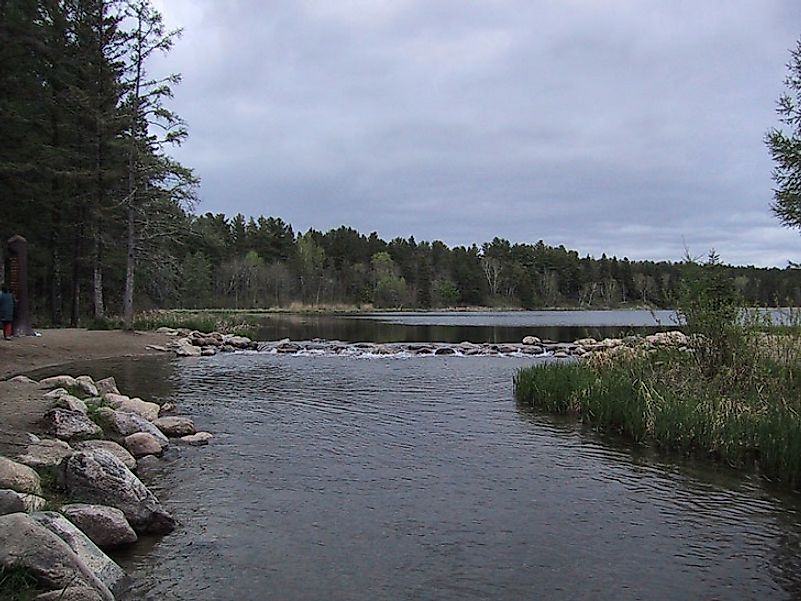What Are River Headwaters?

5. Definition
Headwaters are known as the beginning of the initial source of water, which may be an emptying point. The river may be big or powerful, but the starting point does not start that way usually. The length of the river is considered to be from the mouth to the source or sometimes to the stream which is popularly known as the source stream. Some of the headwaters are usually found from springs or fed by the mountain snow and have the marshy area. However, it is usually seen that if the headwaters get affected in the upstream, the impacts are also seen in the downstream as well.
4. Where Headwaters Are Formed
Headwaters are found in the upstream of the river as they can either form in the area which is marshy, and some sources are of the remote tributary. The source of the headwaters is its starting point usually, it can be from the spring that comes from an underground area or may be a marsh fed upstream. The further stream is also called the head stream and these are also found to be cool in the formation area as they are mostly found in the shaded region or have been formed with the help of glacial headwaters. These are formed on the very initial point mainly the upstream and not in the discharged area but it can be seen that the headwaters' formation is not always on the watershed divided area.
3. Notable Examples
The most common examples of the headwaters given by the United States Of America Survey department are of the Missouri River or the Mississippi River. The river is said to have one mouth and one source according to its geographical feature as stated by the American Geological Survey. They are defined as the largest rivers starting from the headwaters and the length of Mississippi River is said to be 3,770 kilometers and that of the Missouri River is calculated at 4,090 kilometers by the American Survey department.
2. Ecological and Hydrologic Importance
The movement of water can be influenced by its aquatic ecosystem and the territories of the upstream. Some of the points which are taken into consideration are the resource of its habitat, the connectivity of various organisms or their distribution in the headwaters. It is also seen that the streams of the headwaters help in the maintenance of the hydrologic connectivity and the integrity of the ecosystem too. The drainage size and the influx of water bodies are also seen in the headwaters area.
1. Environmental Threats and Protection Efforts
There are many threats which are posed to the headwaters area which mainly includes the construction of large dams, physical alterations made in the headwaters area by diverting their course or straightening them, absorption of river water for agricultural purpose, practicing deforestation, pollution etc. which are the main source of threats to the headwaters. The protection includes conservation of the forest area, linking of the forests land and the parks, to protect watershed areas and maintenance of open space for the free flow of the water.











